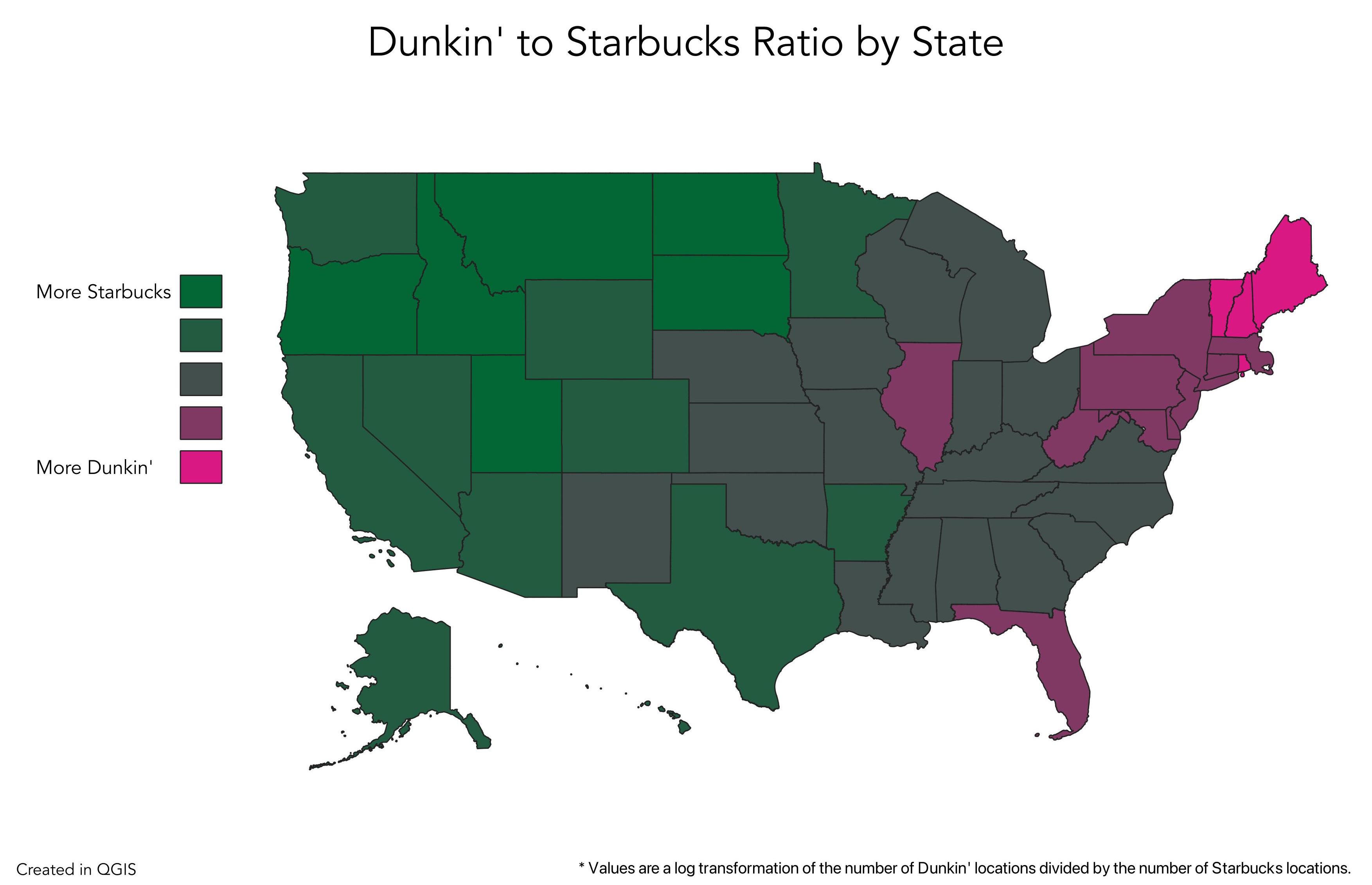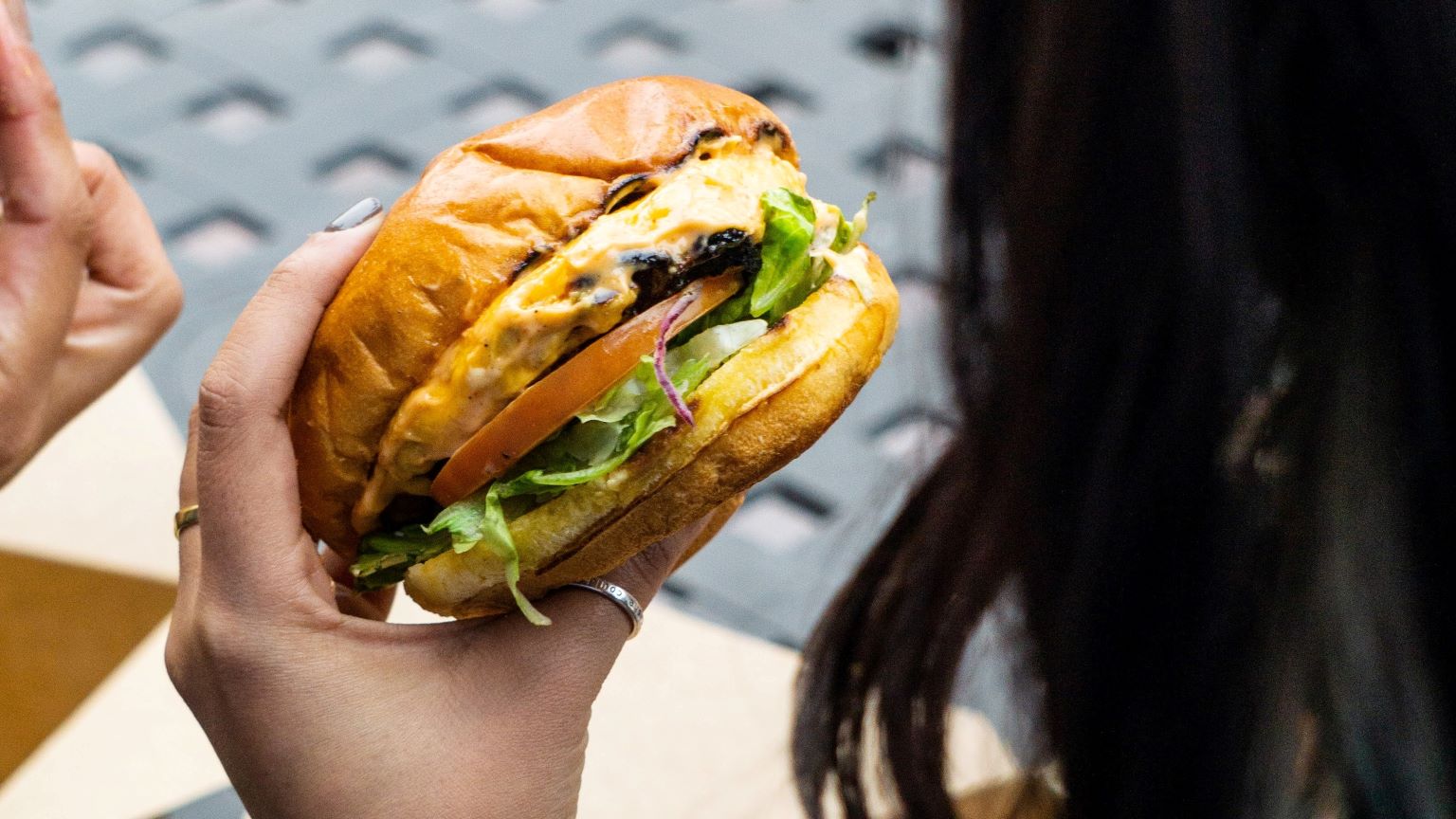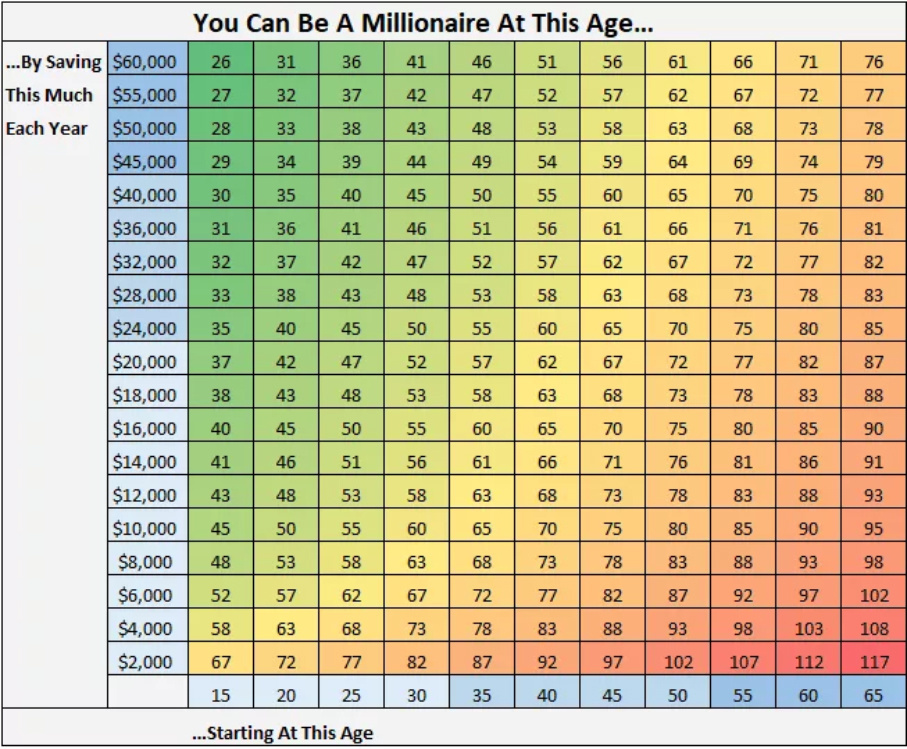Fast-Casual Restaurants Created the American Foodie

Americans are quickly losing interest in the country’s most infamous contribution to global culture: the fast food restaurant. In its place are restaurants that emphasize “food” (as something nutritious and tasty) over “fast” (frozen, industrially produced meals).
McDonalds and its ilk are losing billions to fast-casual restaurants like Chipotle and Shake Shack, which took advantage of a fundamental change in the American consumption-based economy.
The roaring ’80s and early ’90s contributed disposable income disproportionally to upper-income households, which, because they tended to live alone or in two-income households, were willing to spend their money eating out.
“‘These aren’t people with unlimited resources, but they have plenty of disposable income. One of the things they’re willing to spend money on is food away from home.’ In the same period, affluent consumers developed a serious interest in food and became more discriminating in their tastes—a development often called “the American food revolution.'”
But fast-casual restaurants did more than follow consumer demand. They helped create it. When Starbucks first appeared, for example, the idea of spending more than two dollars on a cup of coffee was foreign to most Americans. “The number of gourmet-coffee drinkers nearly quintupled between 1993 and 1999, and many of them have now abandoned Starbucks for even fancier options.”
The supply and production chain that McDonalds has so expertly perfected may be of little advantage if it and similar chains don’t begin offering menu options that appeal to foodies. Whether the strength of its brand will also keep people from trying those options remains to be seen.
Read more at the The New Yorker.
Photo credit: Shutterstock





